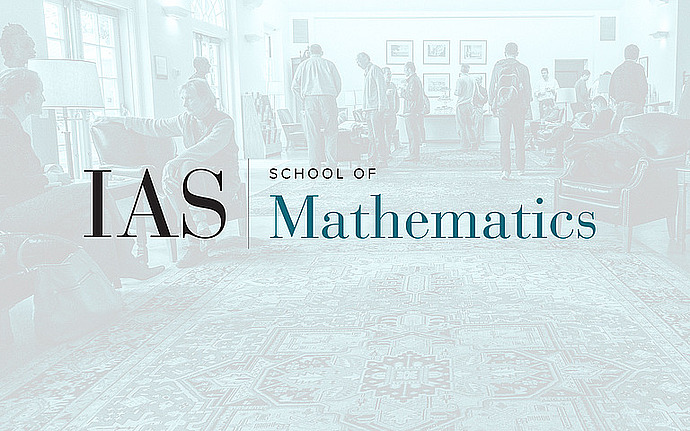
Special Year on h-Principle and Flexibility in Geometry and PDEs
During the 2021-22 academic year the School will have a special program on the h-principle and its applications to problems in analysis and geometry, organized by Camillo De Lellis and László Székelyhidi Jr., who will be the Distinguished Visiting Professor.
Confirmed senior participants are: Tristan Buckmaster, Alexey Cheskidov, Kai Cieliebak, Diego Cordoba, Mimi Dai, Yakov Eliashberg, Daniel Faraco, Svitlana Mayboroda, Gael Meigniez, Emmy Murphy, Dishant Pancholi, Alexander Shnirelman, Vladimir Sverak.
Gromov’s h-principle provides a powerful framework for dealing with a large class of partial differential equations and inequalities arising in differential geometry. Problems adhering to the h-principle are typically “flexible”, with uniqueness not expected even under appropriate side conditions, but instead solution spaces turn out to be extremely large. Whilst often the associated PDE are underdetermined, Nash’s seminal work on isometric embeddings in the 1950s provides a prominent example where this need not be the case. The Nash-Kuiper C1 isometric embedding theorem has lead to important developments in several branches of mathematics. Gromov developed the technique of convex integration for ample differential relations, with important applications in symplectic geometry, and more recently similar ideas have had surprising consequences in classical fluid dynamics.
In the past 20 years there has been considerable work on developing further the analytical side of Nash’s iteration, mostly on PDEs related to nonlinear elasticity and fluid dynamics, with recent breakthroughs such as the resolution of Onsager’s conjecture on the Euler equations and the construction
of very weak solutions of the Navier-Stokes equations violating uniqueness and the energy inequality. More generally, there is increasing evidence that a form of h-principle is closely related to complex phenomena associated with turbulence.
Also in the past 10 years there were a number of significant discoveries concerning applications of h-principles to high-dimensional symplectic and contact geometry. These have typically given existence theorems, and also yielded geometric flexible/rigid dichotomies. Among the important new results are general existence theorem for contact structures, the theory of loose Legendrian knots, which branched off into numerous other results, for instance the theory of flexible Weinstein manifolds and new constructions of Lagrangians and Liouville cobordisms.
The goals of the special year are twofold: while expanding their knowledge on the specific topics mentioned above, the participants will also aim to substantiate deeper connections between them, with the expectation that the tools developed in recent years will be useful to push further the boundary
of the class of problems adhering to the h-principle. A sample of sub-themes of the special year is given by the following questions:
- To what extent are smooth flows of the Euler equations universal?
- Can the h-principle show anomalous dissipation in Navier-Stokes flows?
- Do pseudo-holomorphic curves and the Fukaya category detect symplectic flexibility?
Any questions? Please email sy@ias.edu and in the subject line reference the name and dates of the special year.